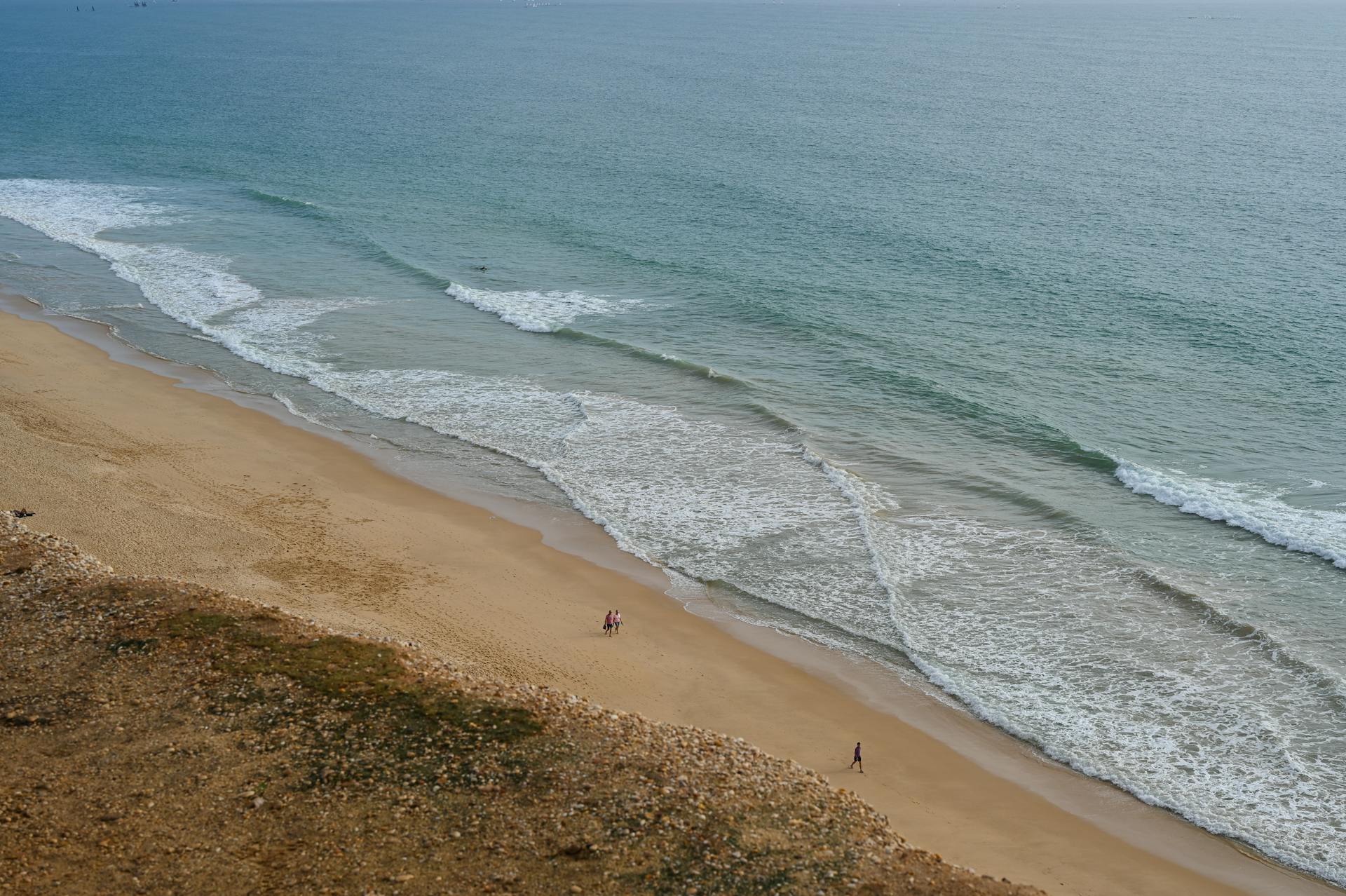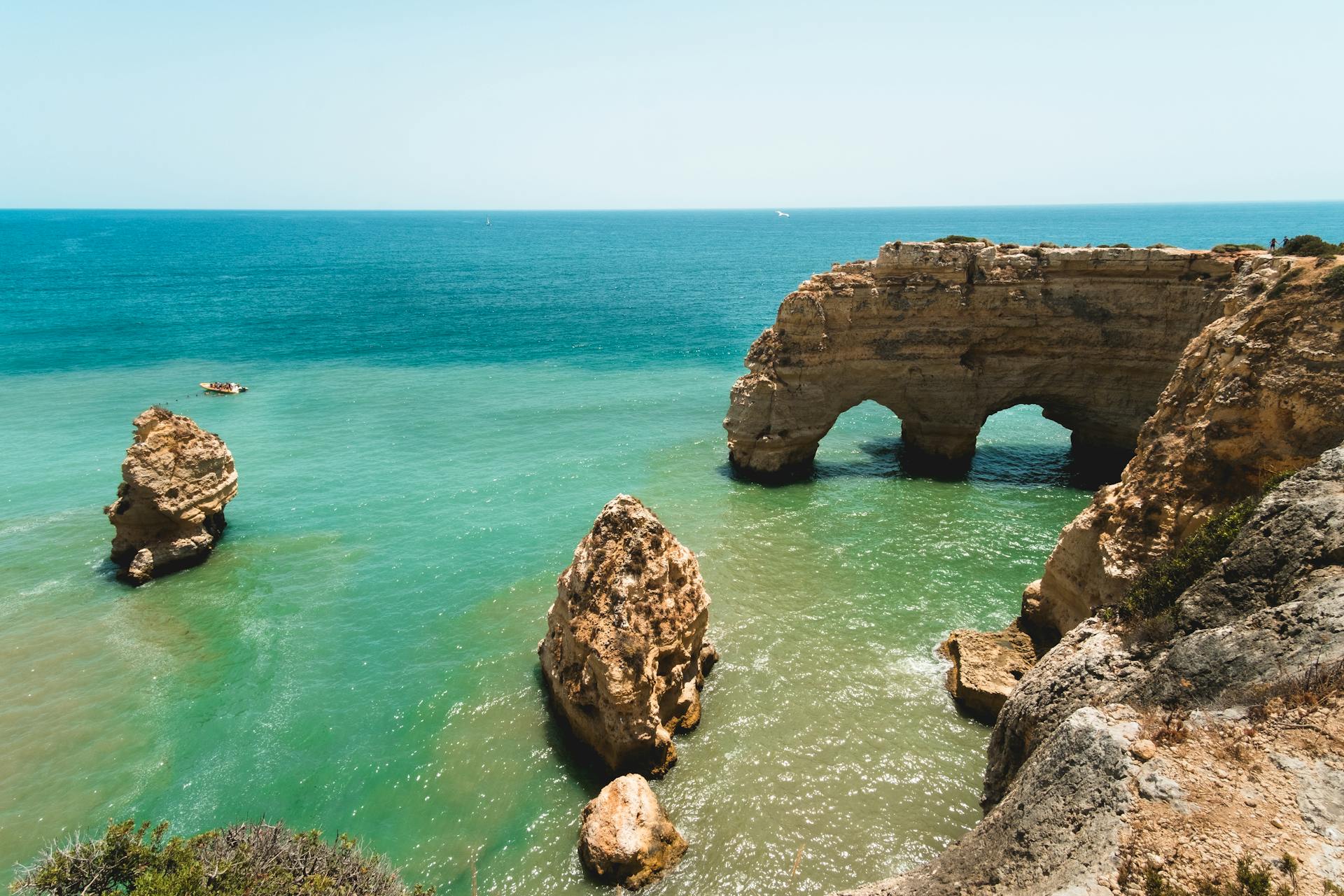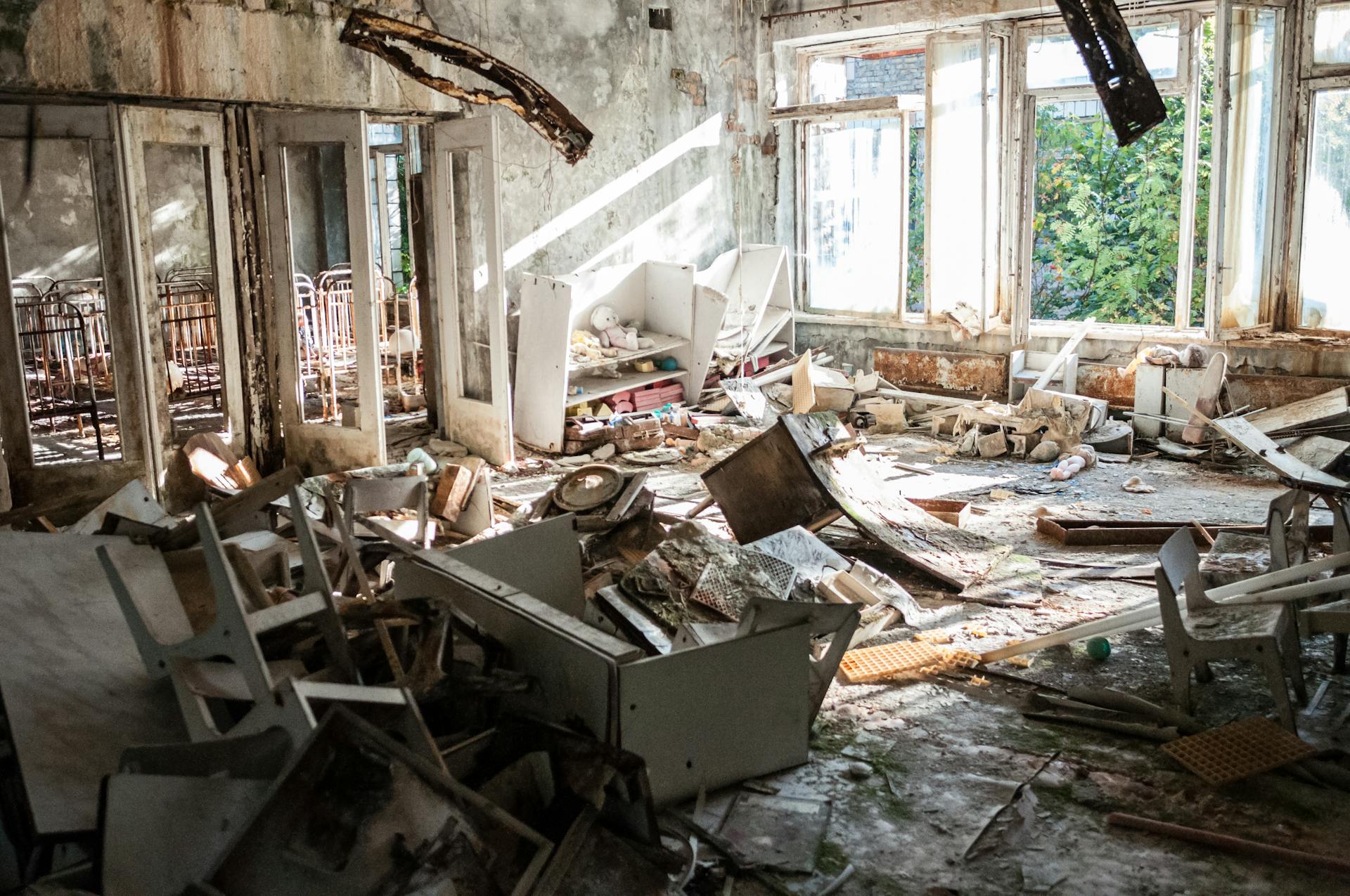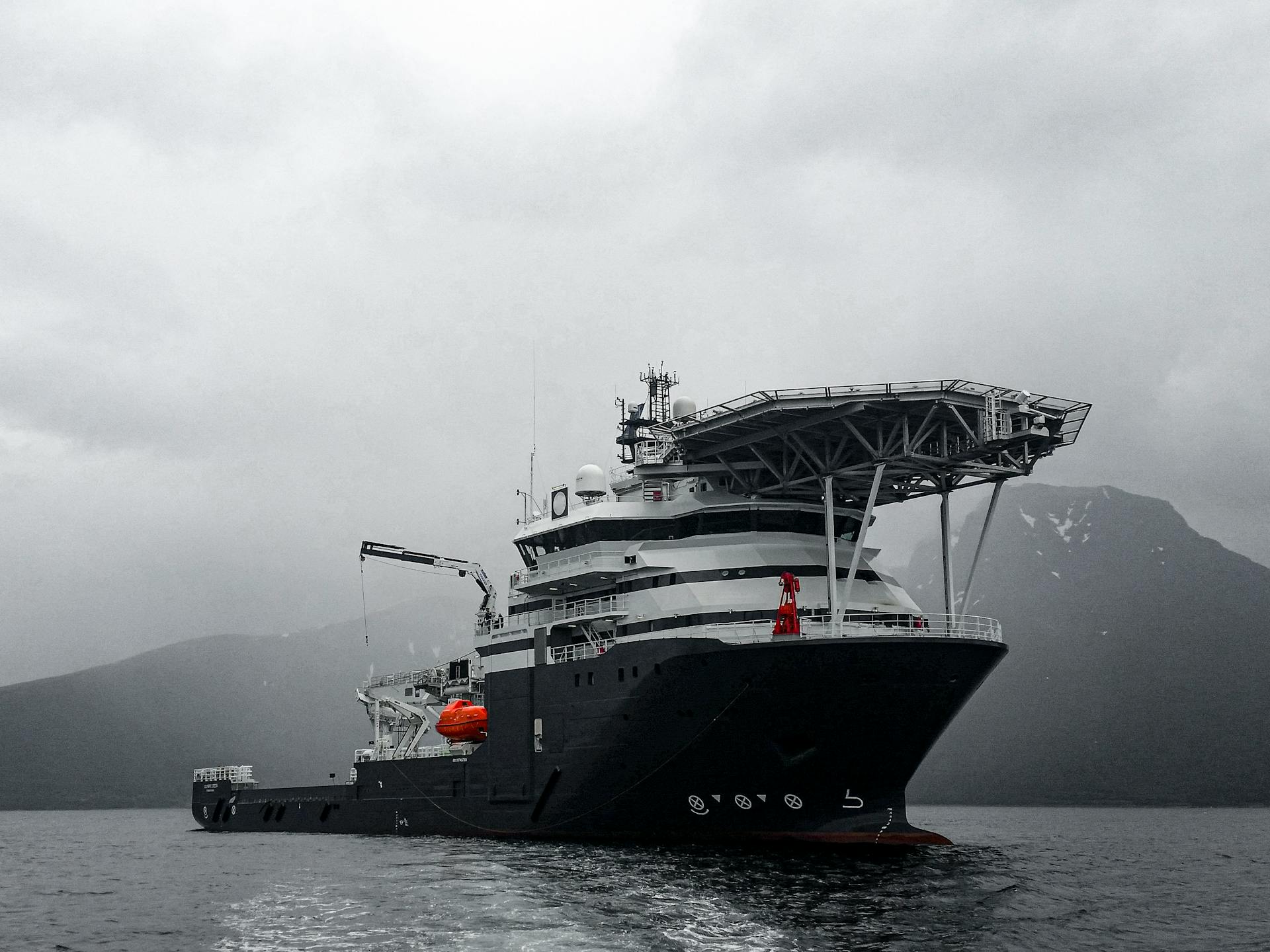
The SS El Faro disaster was a devastating maritime tragedy that occurred on October 1, 2015. The cargo ship sank in the Atlantic Ocean after losing propulsion in a hurricane.
The ship was traveling from Jacksonville, Florida to San Juan, Puerto Rico, carrying a cargo of vehicles and equipment. It was a routine voyage, but one that would end in disaster.
The El Faro was a 790-foot cargo ship that had been in service for over 40 years. It was owned and operated by Tote Maritime, a company with a reputation for safety and reliability.
The ship's crew was experienced, but they were not adequately prepared for the hurricane that was brewing in the Atlantic.
Investigator Findings
The investigator findings of the SS El Faro tragedy reveal some disturbing facts. The captain ignored data and made wrong decisions while navigating the vessel.
The investigation showed that the lifeboats on the El Faro weren't adequate for survival. This means that even if the crew had managed to launch the boats, they wouldn't have had a chance to save themselves.
TOTE Maritime failed to maintain the vessel, and its deteriorating condition contributed to its inability to withstand Hurricane Joaquin. This negligence led to the sinking of the ship.
The NTSB's investigation found that the crew never should have been anywhere close to the raging storm. The cargo ship wasn't in the condition to handle any type of severe weather.
The following key findings were identified by the NTSB:
- The captain ignored data and made wrong decisions.
- The El Faro’s lifeboats weren’t adequate for survival.
- TOTE Maritime failed to maintain the vessel.
The Sinking and Its Aftermath
The SS El Faro's sinking was a tragic event that had severe consequences. The ship was traveling from Jacksonville, Florida to Puerto Rico when it encountered Hurricane Joaquin on October 1, 2015.
The storm was a category 4 hurricane with sustained winds of 140 mph, making it one of the strongest hurricanes to hit the area in recent history. The ship's crew was aware of the storm's severity but chose to continue sailing.
The ship's owner, Tote Services, had instructed the crew to take a route that would allow the ship to avoid the worst of the storm, but the crew ultimately decided to sail directly into the hurricane's path. This decision proved to be fatal.
The ship's cargo included 391 containers of vehicles, machinery, and other goods, which added to its instability in the rough seas. The ship's cargo also included 19,000 gallons of fuel, which caught fire after the ship sank.
History and Background

The SS El Faro has a rich history that's worth exploring. The ship was built in 1975 by Sun Shipbuilding & Drydock Co. in Pennsylvania.
It was originally named Puerto Rico and operated by the Navieras de Puerto Rico Steamship Company, which used it to transport cargo between the U.S. East Coast and Puerto Rico.
The ship changed hands in 1991 and was sold to Saltchuk Resources, the parent company of TOTE Maritime, and was renamed Northern Lights.
During the early 1990s, the ship was deployed in the Pacific and Alaska regions.
In 2006, the ship underwent several technical modifications and was renamed El Faro, returning to routes between the US and Puerto Rico.
Investigations and Safety
The investigations into the SS El Faro tragedy revealed some disturbing facts. The National Transportation Safety Board (NTSB) found that the ship's captain ignored critical data and made the wrong decisions while navigating the vessel.
The NTSB's investigation also highlighted the importance of adequate lifeboats. Unfortunately, the El Faro's lifeboats weren't designed to handle the number of people on board, making survival even more unlikely.
TOTE Maritime's mismanagement of the vessel played a significant role in the tragedy. The ship was in a deteriorating condition, which contributed to its inability to withstand Hurricane Joaquin.
The NTSB has issued several safety recommendations to prevent similar incidents in the future. These include improved weather monitoring and better communication between crew and management.
Here are some key factors that contributed to the sinking of the ship, according to the NTSB's investigation:
- Outdated ship design
- Inadequate maintenance
- Underestimating the strength of the hurricane
Impacts and Consequences
The SS El Faro's disappearance highlighted the dangers of shipping in hurricane-affected areas. This tragedy led to a greater awareness of the risks involved in navigating through severe weather conditions.
The cargo ship's loss of contact and subsequent disappearance was a stark reminder of the importance of adhering to strict standards when dealing with shipping containers. These standards include guarantees of type, size, and condition, such as IICL6, IICL5, Cargo Worthy, and AS IS, which have clearly defined conditions.
Fighting for Justice After the Sinking

The El Faro sinking was a tragedy that left 33 crew members dead, and their families in a state of shock and uncertainty.
Our team of lawyers was approached by several widows of workers lost during the tragedy, who needed help navigating the complex process of seeking justice.
We had previously represented a third of the crew suffering from the Deepwater Horizon disaster, securing the best results for our clients.
TOTE Maritime invoked the outdated Limitation of Liability Act of 1850, attempting to hide behind a century-and-a-half old law to escape accountability.
This law was initially designed to protect vessel owners from accidents they had no control over, but it was not meant to shield companies from responsibility in cases like the El Faro sinking.
Despite the company's tactic, we refused to let the Limitation of Liability Act prevent our clients from getting fair results, and we went on to secure life-changing results for the widows who needed them.
Impacts on Shipping
The dangers of shipping in hurricane-affected areas are a serious concern. The disappearance of the cargo ship El Faro, with 33 crew members on board, during Hurricane Joaquin is a tragic example.
Shipping companies and warehouses have strict standards to ensure the quality of shipping containers. These standards include guarantees of type, size, and condition.
The International Institute of Container Lessors (IICL) has established standards such as IICL6, IICL5, Cargo Worthy, and AS IS to define the condition of containers. These standards are clearly defined and widely used in the industry.
Shipping containers are inspected and certified to meet these standards, giving customers peace of mind.
Frequently Asked Questions
Was the SS El Faro ever found?
The SS El Faro was declared sunk, but its wreckage was not recovered. The search was called off on October 7, 2015, after covering over 183,000 square nautical miles.
Sources
- https://hbr.org/podcast/2022/08/management-lessons-from-the-sinking-of-the-ss-el-faro
- https://www.arnolditkin.com/el-faro-lawyers/
- https://es.wikipedia.org/wiki/SS_El_Faro
- https://hz-containers.com/en/news/sinking-of-the-ss-el-faro/
- https://www.usatoday.com/story/news/nation/2016/12/14/last-moments-aboard-doomed-el-fargo-ship-help-me-m-gone/95416214/
Featured Images: pexels.com


